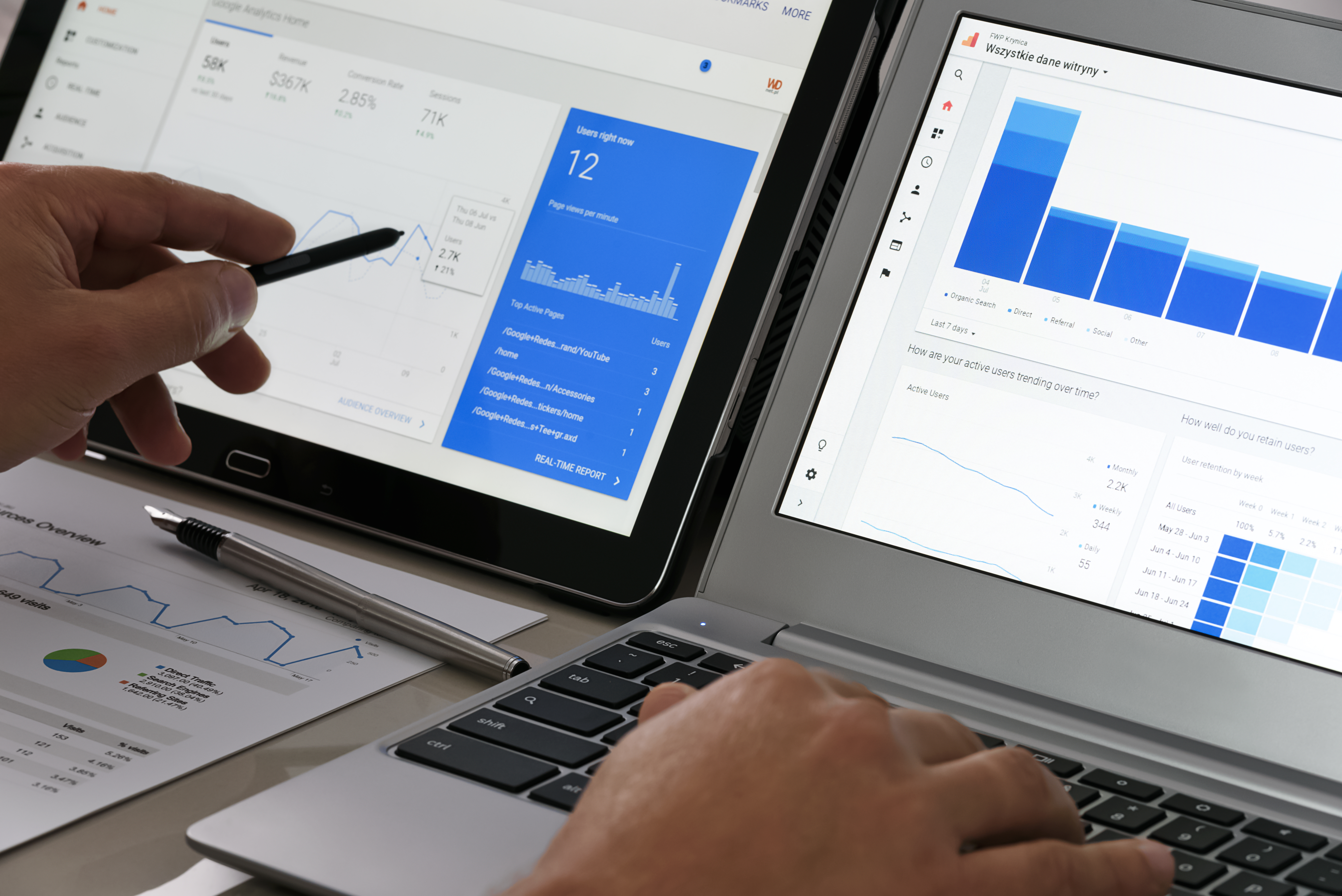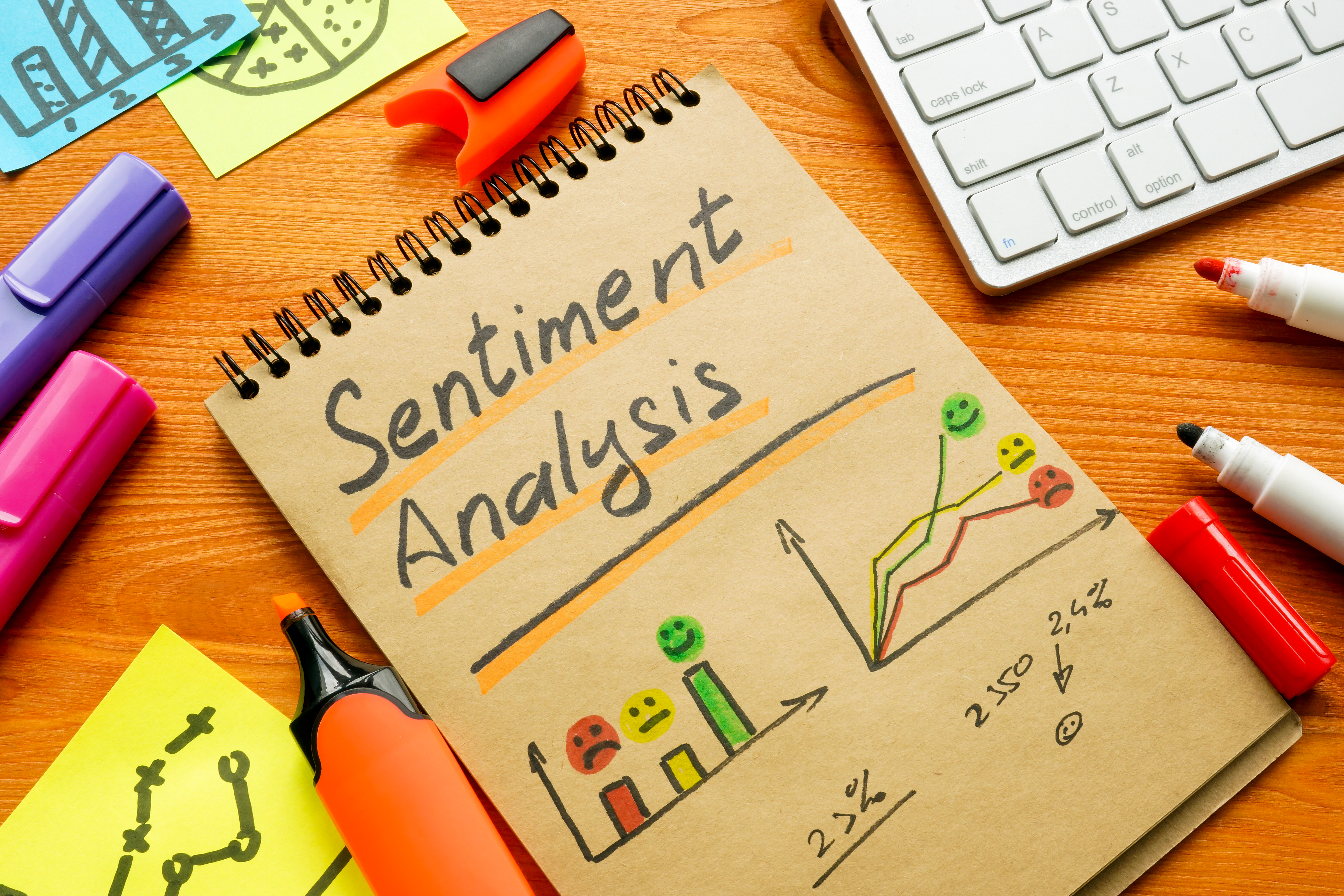B2E Data Marketing took home three recognitions at the 2025 American Marketing Association (AMA) Iowa Chapter’s annual NOVA Awards, receiving a perfect score in the Integrated Marketing Campaign category. All three judges awarded B2E a perfect score of 10 for its work for a Midwest health insurance company – something AMA Iowa said is a first!
B2E Earns Perfect Score at 2025 AMA Iowa NOVA Awards
May 19, 2025 7:00:10 PM / by Keith Snow posted in digital marketing, direct mail, IP Targeting, omnichannel marketing, data driven marketing, audience targeting, marketing data integration, marketing case study, customer retention
Uncovering Hidden Insights from your Anonymous Website Visitors
May 19, 2025 6:59:56 PM / by Keith Snow posted in anonymous website visitors, digital marketing, audience segmentation, Predictive analytics, lead generation form, Digital Advertising Strategies, IP Targeting, data driven marketing, website conversion strategy, marketing intelligence, behavioral data, marketing personalization
One of the reasons your website is such a valuable digital asset is its ability to constantly attract potential customers and partners. The issue for most is that a whopping 98% of website visitors come and go anonymously, without filling out a lead capture form or otherwise identifying themselves.
What It Takes to Get Your Email Noticed in 2025?
Apr 17, 2025 9:15:12 AM / by Keith Snow posted in digital marketing, customer data, customer journey, personalized advertising, omnichannel marketing, marketing ROI, customer insights, data driven marketing, marketing technology, audience targeting, motus audiences connect, Email marketing, 2025 Marketing Trends, email personalization, email segmentation, marketing segmentation
Inboxes are full, and attention spans are shrinking. Is your customer email going to break through the noise?
Revealing Customer Insights with Identity Graphing
Mar 26, 2025 9:15:05 AM / by Keith Snow posted in digital marketing, personalized advertising, Intent Data, omnichannel marketing, marketing ROI, experian data, customer insights, data driven marketing, marketing technology, audience targeting, Identity Graphing, Identity Resolution, marketing data integration, motus audiences connect
Technology is always marching forward, and once again, a new leap is advancing consumer insights. Marketers are increasingly able to tie together fragmented data customer points across the digital footprint and execute highly targeted campaigns–and, without compromising privacy.
It’s called identity graphing and it’s a powerful tool for connecting the dots between all the different buckets of consumer data. To get a better sense of how it provides marketers with an integrated view of consumers’ digital identities, let’s look at some of its most impactful and practical applications.
Why Identity Graphing Matters in Marketing
Today’s consumer interacts with brands through numerous touchpoints, both online and offline. They leave digital footprints across devices and channels, making it difficult for marketers to see the big picture of their interactions. Getting a unified view and making strategic choices comes down to the ability to create a cohesive picture from scattered identifiers like IP addresses, cookies, and device IDs.
B2E’s identity graph solution, MotusAudiences Connect, is powered by the comprehensive Experian database. It offers businesses access to information with incredible reach and scale, to the tune of more than 2.75 billion IDs across 250 million individuals and 126 million households.
MotusAudiences Connect bridges the gaps marketers previously faced by “resolving” digital identities into a single picture, allowing brands to:
- Enhance targeting precision by crafting personalized campaigns that align with audience behaviors and preferences.
- Improve campaign efficiency by ensuring that marketing messages reach the right individuals, reducing wasted ad spend caused by broad, ineffective targeting.
- Strengthen measurement and attribution by tracking engagement more effectively, attributing conversions to the right campaigns. This helps marketers refine their strategies for even better future outcomes.
Balancing Personalization and Privacy
The data privacy landscape is growing more complicated for marketers who must balance consumers’ often contradictory feelings about data privacy and personalization—along with an evolving set of laws that can vary from state to state. To navigate identity graphing responsibly, a privacy-first approach incorporates several key practices.
- Using hashed identifiers: Converting personally identifiable information (PII) into anonymized formats helps preserve both security and privacy while still enabling precise targeting.
- Complying with data protection frameworks: Adhering to frameworks such as SOC 2 standards and the California Consumer Protection Act helps maintain industry standard data practices and compliance.
- Using trust-based principles. It’s important to use an identity graph partner that takes extensive measures to protect the confidentiality and security of consumer data. They should adhere to a values-based approach to data processing that upholds transparency, user consent, and the protection of personally identifiable information.
Using Identity Graphing in Marketing Strategies
It’s growing more difficult for marketers to track and understand customer behavior without an identity resolution strategy. There are so many dots to connect across consumer interactions such as email, social media, mobile apps, in-store visits, and connected devices—and consumers today expect brands to have a sophisticated picture of their behaviors and expectations.
With a more accurate and dynamic view of an audience, marketers can leverage it in a number of impactful ways:
- Segmentation and customization. Create audience segments based on demographic and behavioral attributes and design more relevant messaging.
- Precise audience expansion. Enrich customer data sets with new IDs for increased reach and scale, while still targeting the appropriate audience members with precision.
- Omnichannel campaigns: Deliver a more seamless experience across email, social media, and digital advertising, improving both engagement and brand consistency.
- Data-driven decisions. Identity-linked campaigns provide more actionable insights enabling marketers to map the customer journey and gain a clearer understanding of what drives conversions.
Use Case: Marketing Agency Serving Multi-Location Companies
To help further illustrate the potential for identity graphing, let’s look at the example of a marketing agency with a heating and cooling business client with business locations across multiple states. The agency’s challenge is to deliver hyper-targeted digital ads for each business location, ensuring the ads reach local homeowners who are most likely to need home services. So, how can they laser target the appropriate targets in every market?
Anonymized customer data from the heating and cooling company can be run through MotusAudiences Connect to be augmented with additional details such as demographic profile, income level, and purchase habits and preferences. This builds a more complete and accurate picture of the home services company’s ideal customer segments.
This information can then be used to create location-specific “lookalike audiences,” to ensure ads target homeowners who fit the ideal profiles. For example, for target customers in older neighborhoods, ads may focus on urgent repair services. Middle-income areas and certain demographics might receive messages about affordable maintenance plans and seasonal promotions. Ads directed at target audiences with more disposable income might emphasize premium service offerings and energy-efficient upgrades.
Embracing Identity Graphing Techniques
The digital landscape is always expanding, but it still remains a largely disjointed arena. Identity graphing offers a way for businesses to synthesize all the different data points and stay more closely in tune with customers. It provides a major competitive advantage to any businesses interested in staying a step ahead.
With an assist from identity graphing, it’s more obvious how to anticipate customer needs, deliver the right message at the perfect moment, and maximize the impact of every campaign. Could you do more with identity-driven insights? For more detailed information about B2E’s identity graphing solution MotusAudiences Connect, schedule a meeting with us!
Changing Course on Cookies
Sep 13, 2024 4:37:46 PM / by Keith Snow posted in digital marketing, Third-party cookies, targeted ads, Google Privacy Sandbox, data privacy, marketing trends 2024, cookies in privacy, online privacy, marketing strategy
In July 2024, Google made a significant reversal in its decision to phase out third-party cookies from its Chrome browser. For years, the advertising and marketing community has been preparing for this change, and the unexpected move has prompted a lot of questions.
It’s Time to Start Building Your First-Party Data
Aug 16, 2022 1:37:32 PM / by Keith Snow posted in digital marketing, customer data, marketing behavior, lead, first party data, first party cookies, lead generation form, soci, social media, customer service
According to a survey by Epsilon, 80% of marketers rely on third-party cookies – the small pieces of data stored in internet browsers to track a user’s online behaviors – in their digital advertising efforts. But as Google’s cookie-less future draws near, it’s important to take action to prepare for the changes.
Four Reasons Modern Sentiment Analysis is Crushing Old Methods
Jun 16, 2022 7:54:49 AM / by Keith Snow posted in digital marketing, sentiment analysis
For decades, opinion-measuring techniques like focus groups and phone surveys were key methods of primary market research. This often meant identifying and recruiting a representative audience sample and engaging professional researchers to facilitate the process. It was expensive and cumbersome, but it was important for enterprises to keep their finger on the pulse of consumer sentiment.
For small and medium-sized businesses, though, conducting regular focus groups and surveys simply wasn’t practical. So, we’ll bet that many SMB marketers will be glad to learn that the primary research of the past is being replaced by new methods of sentiment analysis that are faster, cheaper – and often better.
Does My Business Need Sentiment Analysis?
It’s extremely useful for marketers to understand how current or prospective customers feel about a variety of things, such as the company brand, industry trends, specific products, or relevant issues. These is one area where it may actually be useful for businesses to take cues from politicians, who often use this kind of analysis to gauge public opinion as part of their planning and strategy.
In the business world, sentiment analysis can provide insights into:
- Phrases or emotions that reflect brand reputation.
- How people are talking about your, or a competitor’s brand.
- Whether customer interactions are positive or negative.
- How well a company is serving customers.
- Reactions to certain products or services.
These sentiments can often be correlated directly to a business’ key performance indicators.
Four Key Advantages of Modern Sentiment Analysis
Social media and digital communications have opened the door to entirely new methods of gaining customer insight. Now, artificial intelligence can process language from social media, online reviews, customer service logs, and other data sources to detect patterns in text and classify the emotional tone.
In many ways, these new approaches are proving to have key advantages over previous methods.
It’s more representative. Past methods relied on a small number of people to speak for a larger group. AI-powered sentiment analysis is conducted at scale, with the ability to examine massive troves of opinion data from various sources. It can provide more representative views of a larger population.
It’s more accurate. There’s a significant drawback of conducting research via in-person interviews …
People, unfortunately, don’t tell the truth.
It may sound a bit harsh, and we’re not implying anything malicious or overly devious. It’s simply a natural human tendency to worry about being judged – even by a professional researcher. People often answer questions to reflect how they want to be perceived instead of how they actually behave or feel.
Modern sentiment analysis research is conducted very differently. It analyzes unstructured and spontaneous feedback, where there isn’t the same “performative” aspect. And certainly, people can still be untruthful, but a small group has less opportunity to skew the results.
It’s faster. The availability of online data combined with modern AI tools means brands can get an incredibly quick read on brand sentiment or a specific issue. It’s faster and simpler to conduct regular “temperature checks” and to measure audience sentiments before and after key events, such as a product launch or announcement. It’s even possible to gauge reactions in real-time.
It can monitor shifts. We’re living a dynamic age where information is shared rapidly – and attitudes can change just as quickly. The old methods of sentiment research captured a moment in time. AI and machine learning can monitor continuously, tracking not just snapshots, but how sentiments evolve and change. This puts brands in a position to be more nimble, recalibrating quickly if perceptions move off-course.
Sentiment analysis can provide insights into many facets of a business. If you’d like to know what your customers really think, schedule a complementary conversation to learn more!
Are You Overlooking This Key Data Security Issue?
Dec 8, 2021 9:19:42 AM / by Keith Snow posted in digital marketing, customer data, data security, soc 2 compliant
A data security incident at any business – large or small – can cause serious damage. The average cost of a data breach rose to new highs in 2021, to the tune of more than $4 million.
Make Sure These Four Metrics are on Your Digital Ad Dashboard
Nov 17, 2021 10:00:45 AM / by Michelle Kosmicki posted in digital marketing, advertising metrics, Impressions, Reach, Calls To Action, Conversions, marketing dashboard, visual dashboards
Most marketers want an accurate understanding of their digital advertising results, but effectively harnessing and analyzing the data can be tedious and difficult. Anymore, it’s common to simultaneously manage multiple campaigns in multiple locations across multiple platforms – which quickly generate an overwhelming amount of information to track and digest.
The Science of Making a Good Marketing Offer
Oct 21, 2021 2:30:54 PM / by Keith Snow posted in dirty data, data hygiene, digital marketing, marketing offer, audience segmentation
From TV to digital ads to social media content, Americans are exposed to around 4,000 to 10,000 marketing messages each day. There have never been more channels available to reach your desired audience. But don’t forget: everyone else wants to reach them, too.









